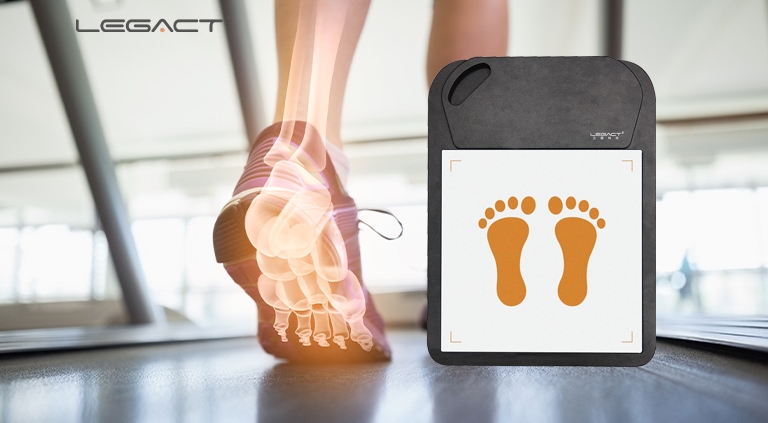In modern sports, an athlete’s performance and success depend not only on their talent and training but also on the support of scientific and technological advancements. Thin film pressure sensors, as an emerging technology, are gradually transforming the way athletes train and analyze their performance. This article explores how thin film pressure sensors can be used in athlete force measurement, helping them improve training outcomes and athletic performance.
Principle of Thin Film Pressure Sensors
A thin film pressure sensor is a sensing device made of thin film materials. Its working principle is based on the resistance change that occurs when the film is subjected to pressure. When pressure is applied to the film, its internal structure undergoes minor changes, leading to a change in resistance. By detecting this resistance change, the sensor can accurately measure the pressure applied to the film.
These sensors have several notable features:
- High Sensitivity: Capable of detecting small pressure changes, suitable for precise measurement.
- Fast Response: Able to provide real-time feedback on pressure changes, suitable for dynamic monitoring.
- Flexibility and Lightness: Can be attached to various complex surfaces without hindering the athlete’s movement.
Applications in Athlete Force Measurement
Athletes need to constantly adjust and optimize their force application during training and competition to achieve the best performance. Thin film pressure sensors can provide real-time, accurate mechanical data, helping athletes and coaches conduct scientific analysis and adjustments.
- Running and Jumping Analysis: Embedding thin film pressure sensors in running shoes or jumping shoes can monitor the pressure distribution on the athlete’s feet in real-time during running or jumping. By analyzing this data, athletes can identify force characteristics and potential issues during takeoff, landing, and stride transitions, helping them optimize their steps and reduce injuries.
- Strength Training Monitoring: In strength training, sensors can be attached to the grips of barbells, dumbbells, or training equipment to monitor the athlete’s force application in different training movements. The data can help coaches understand if there are issues like uneven force application or improper form, allowing timely adjustments to training plans.
- Rehabilitation Training Assistance: For injured athletes, thin film pressure sensors can monitor force changes during rehabilitation training, ensuring that each movement during recovery meets rehabilitation requirements and avoids re-injury.
- Applications in Non-Precise Force Control Sports: In sports that do not require precise force control, such as football, basketball, and volleyball, thin film pressure sensors also play a significant role. For example, in football training, sensors can be installed in insoles or shin guards to monitor the pressure distribution and force application during running, passing, and shooting in real-time, helping athletes and coaches adjust training strategies and optimize physical distribution and movement coordination.
Practical Application Cases
In practice, thin film pressure sensors have shown their unique advantages in various fields. For instance, in marathon training, smart running shoes embedded with thin film pressure sensors can help athletes analyze foot pressure distribution and fatigue levels during long-distance running, optimizing training plans.
In football, sensors can be installed in athletic shoes or shin guards to monitor pressure distribution during kicking, running, and tackling. By analyzing this data, coaches can adjust training plans, helping athletes improve their force application and enhance their performance in games.
Future Development Trends
With the advancement of technology and continuous improvement of sensor technology, the application of thin film pressure sensors in athlete force measurement will become more widespread and in-depth. In the future, combined with artificial intelligence and big data analysis technology, thin film pressure sensors are expected to achieve more intelligent and personalized sports monitoring and analysis, providing more scientific and comprehensive training guidance for athletes.
In summary, thin film pressure sensors, as an efficient and precise mechanical measurement tool, are bringing revolutionary changes to athlete training and performance analysis. Through real-time monitoring and data analysis, athletes can scientifically adjust their force application, enhance their performance, reduce injuries, and provide strong support for achieving higher athletic goals.



